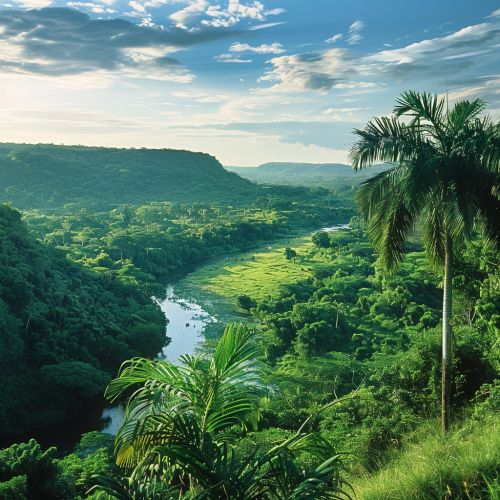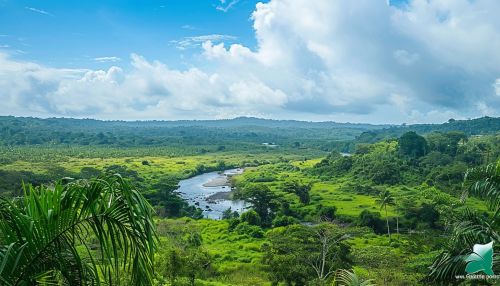Guyana
Geography
Guyana, officially known as the Co-operative Republic of Guyana, is located on the northern mainland of South America. It is the third-smallest country on the mainland of South America, covering an area of approximately 214,969 square kilometers. The country is bordered by the Atlantic Ocean to the north, Brazil to the south and southwest, Venezuela to the west, and Suriname to the east.


History
The history of Guyana dates back to the arrival of the Arawak and Carib tribes who were the indigenous people of the region. The Dutch were the first Europeans to establish colonies in the 17th century, which were later taken over by the British in the 18th century. Guyana gained independence from the United Kingdom on 26 May 1966 and became a republic on 23 February 1970.
Politics
Guyana operates under a framework of a parliamentary representative democratic republic, with the President as the head of state and the Prime Minister as the head of government. The political structure is a mixture of the British and American systems with a strong executive branch and a unicameral legislature.
Economy
The economy of Guyana is dominated by the production of primary commodities, notably sugar, gold, and bauxite. In recent years, the discovery of significant offshore oil reserves has the potential to transform the economy. Agriculture and mining are the dominant sectors, accounting for more than half of Guyana's GDP.
Culture
Guyana's culture is a blend of Indigenous, African, Indian, and European influences, reflecting its colonial history. The country's official language is English, and its cultural heritage includes a rich literature, folklore, music, and dance.
